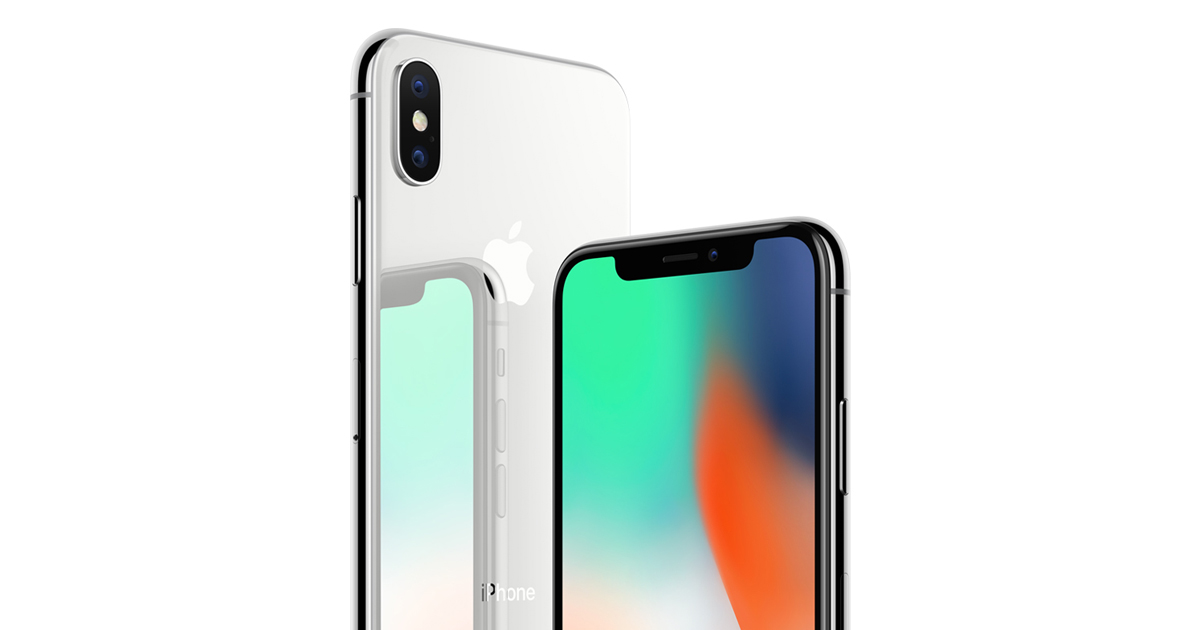
In a world of rapid smartphone evolution, can a 2017 flagship still capture stunning photos? Join me as I put the iPhone X through its paces in a modern photography challenge, exploring whether this older model can still hold its own against today’s cutting-edge camera phones.
In the past decade, mobile photography has seen incredible advancements. Modern smartphones now come with multi-lens setups, AI enhancements, improved low-light performance, and larger sensors, making them capable of capturing DSLR-like images. Features like optical image stabilization, night mode, and ultra-wide-angle lenses have become standard. Software processing has also improved, offering superior HDR, portrait modes, and real-time object detection. Compared to a decade ago, today’s phones have turned into powerful, pocket-sized cameras.
Testing the iPhone X’s camera in 2024 is intriguing because it offers a glimpse into how well older technology holds up against today’s standards. There’s a certain nostalgia in revisiting a once-flagship device, as it was a game-changer in its time.
History of the iPhone X
The iPhone X was released on November 3, 2017. The model represented a major shift in iPhone design and technology, introducing an edge-to-edge OLED display, Face ID facial recognition, and the removal of the home button. The phone’s introduction of the TrueDepth camera system enabled advanced facial recognition, which was both a significant security enhancement and a gateway to new features like Animoji.
The iPhone X was significant because it redefined the smartphone design language not only for Apple but for the industry as a whole. By removing the iconic home button, Apple leaned into a more immersive, full-screen experience and set the stage for all subsequent iPhone models. The design choices signaled a shift in Apple’s priorities, emphasizing a full-screen experience and advanced technology integration.
Camera Specs
The iPhone X has two rear cameras, a 12-megapixel wide-angle camera and a telephoto camera. The wide-angle camera has an f/1.8 aperture, while the telephoto camera has an f/2.4 aperture. The iPhone X can capture 4K video at 24, 30, or 60 frames per second, or 1080p video at 30, 60, 120, or 240 frames per second. The iPhone X also has optical zoom and digital zoom up to 10x.
Photography Test Setup
Testing Scenarios:
The iPhone X was tested across various scenarios to gauge its performance. This included:
- Landscapes: Wide shots to assess color accuracy, dynamic range, and sharpness.
- Portraits: Capturing subjects with a focus on skin tones, background blur (bokeh), and edge detection.
- Low-Light: Indoor and nighttime photos to test noise levels, detail, and brightness without modern night mode enhancements.
- Motion: Action shots to see how well the camera handles moving subjects and maintains focus.
Conditions:
Photos were taken in diverse lighting environments, including bright daylight, overcast weather, dim indoor settings, and nighttime streets. Different locations—urban areas, parks, and indoors—were chosen to challenge the camera’s ability to adapt to varied light sources, colors, and contrasts. Every photo shown here is unedited. Only a frame was added for informational purposes.
Main Cameras
Okay, first we have these photos of a subway station. Both were taken with identical setups, but one with the built-in noir filter. (I think I just found my new favorite filter.) Immediately, you can see the massive lens flares, which are much more pronounced in low-light conditions like we have here. Now, I know, I know—this station might not be particularly low-light, but it is for decade-old camera hardware.



Here are a few more shots taken with the main camera, showing its capabilities in various settings. Overall, the photos come out fairly sharp, which means they’re definitely Instagram-worthy. So, whether you’re sharing with friends on social media, sending a quick pic to your grandma on WhatsApp (or are you more of an iMessage person?), or just looking to capture a moment, this camera won’t let you down. It balances detail and color well, making the images pleasing and, most importantly, totally usable right out of the box for any purpose you have in mind.

Image quality noticeably declined when capturing images while in motion. The results were unusable.

Photos have definitely improved in good daytime lighting! However, for some reason—maybe due to a smaller lens?—the shutter speed remains on the slow side, so we still get a few blurry shots. Plus, the camera system seems to wrestle a bit when it comes to HDR.






In this shot below, it’s clear the grass isn’t actually greener on the other side! The HDR didn’t kick in, leaving the grass and trees looking muted and a bit lifeless. Funny enough, I remember getting a much better photo in similar conditions when the device was fresh out of the box. Not sure what’s changed—maybe it’s one of those conspiracy theories about older iPhones mysteriously taking worse photos over time.
Has anyone noticed lower photo quality on older iPhones?
by u/Billythebeard in r/iphone via Reddit

Portrait Shots & Selfie Camera
Portrait shots are hit or miss with the iPhone X. Yes, it was one of the very few smartphones of its time that had a dedicated, working portrait mode built-in. Portrait shots are heavily reliant on post-processing. For your convenience, I’ve added before and after processing for each shot. The differences in detail and color rendering are apparent in the before-and-after comparison.


The iPhone X, even after all these years, demonstrates the remarkable evolution of smartphone cameras. While not a match for its modern counterparts, it’s still capable of capturing decent photos, especially in favorable lighting. The image quality, while showing its age in low-light and portrait situations, remains respectable for casual use and social media sharing. This experiment highlights that technological progress doesn’t render older devices obsolete overnight. The iPhone X serves as a reminder of how far we’ve come and offers a nostalgic look at a pivotal moment in smartphone photography. Though outpaced by the latest and greatest, it can still capture memories and moments worth cherishing.

